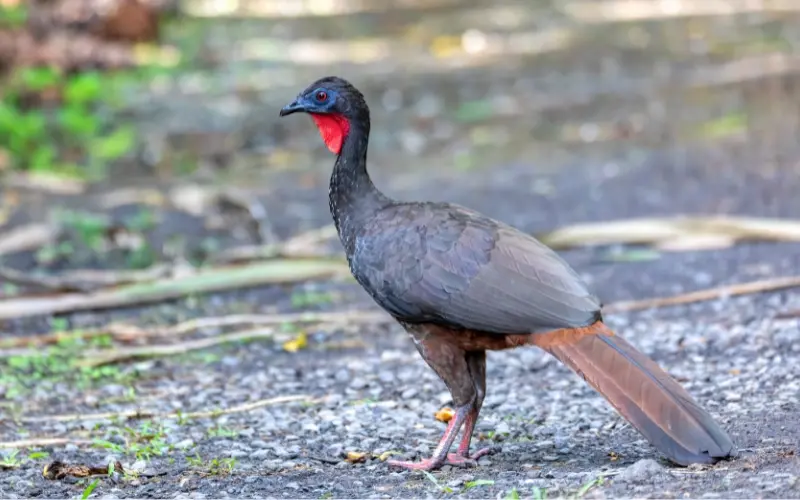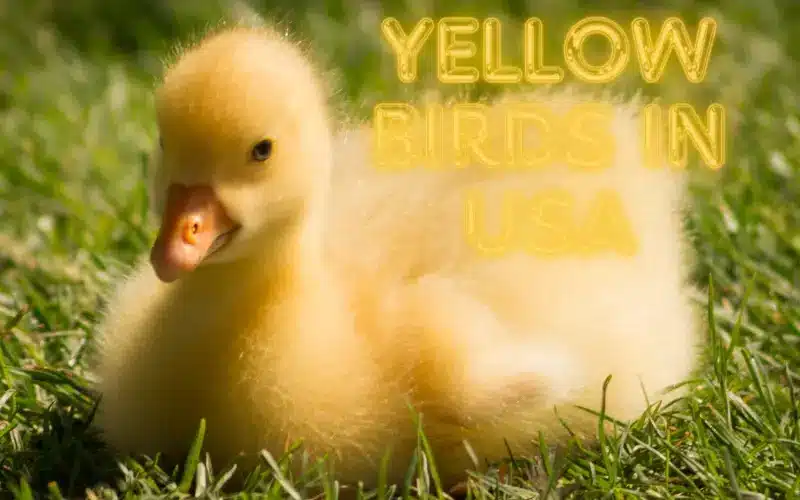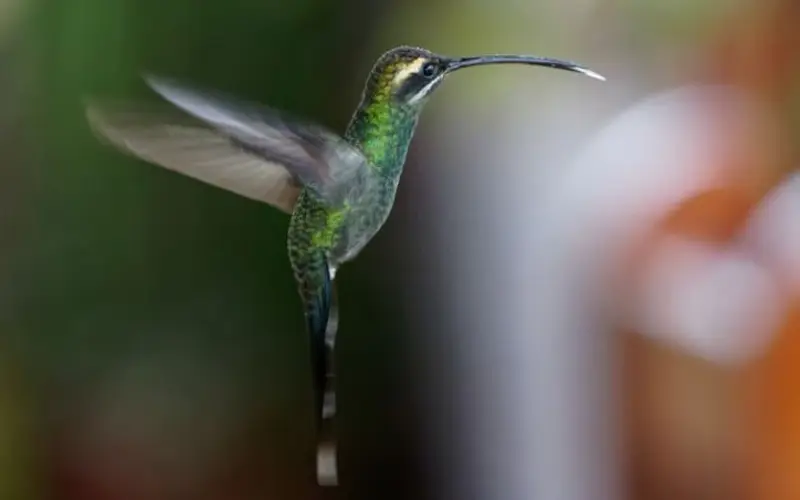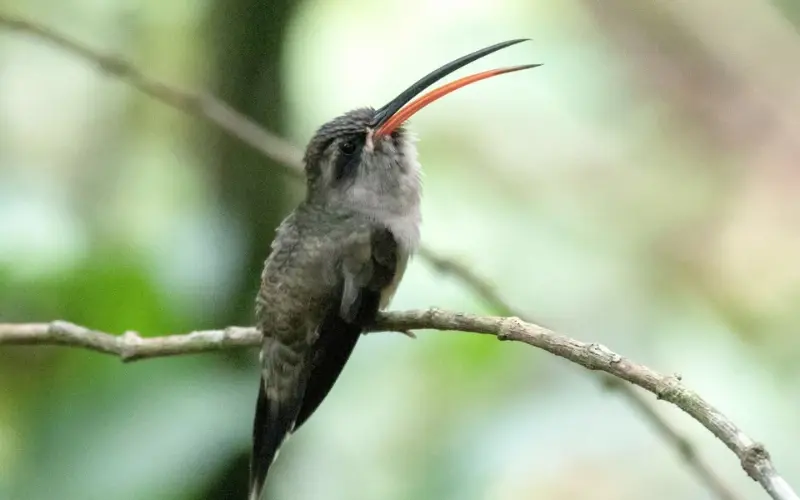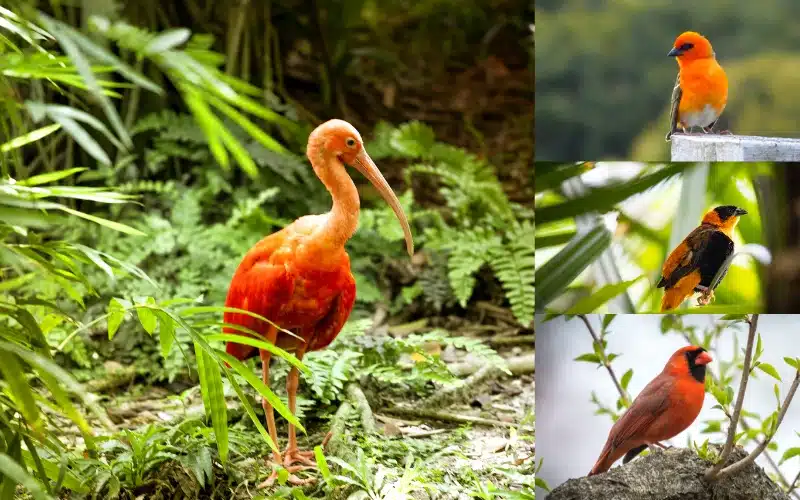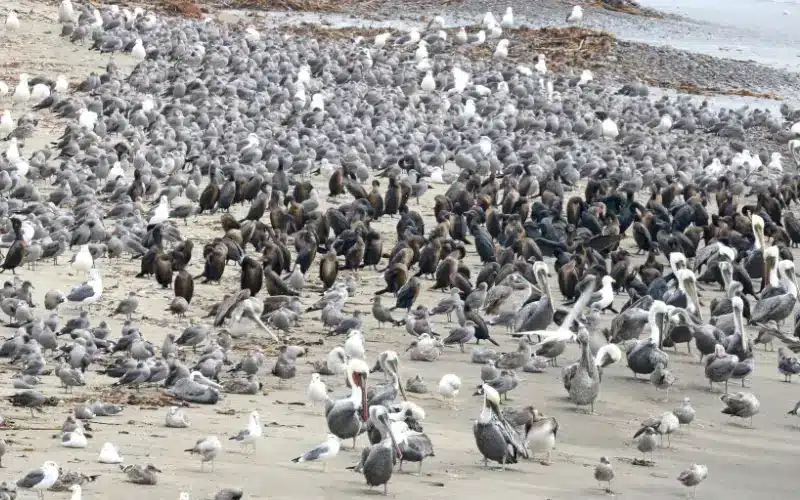Cracidae is a diverse family of birds found primarily in the forests of the Americas. Comprising over 50 species, They include iconic birds such as chachalacas, guans, and curassows. Let’s delve into the intriguing characteristics and behaviors of these remarkable birds.
1. Introduction to Cracidae
These birds, commonly known as chachalacas, guans, and curassows, are medium to large-sized birds characterized by their robust bodies, long tails, and distinctive calls. They are primarily found in tropical and subtropical forests across Central and South America, with a few species also inhabiting parts of Mexico and the southern United States.
2. Diversity of Species
Chachalacas
Chachalacas are noisy and social birds known for their loud vocalizations, which often sound like “cha-cha-lac.” They are primarily arboreal, foraging for fruits, seeds, and insects in the dense foliage of tropical forests. Chachalacas play a vital role in seed dispersal, contributing to the regeneration of forest ecosystems.
Guans
Guans are larger than chachalacas and are often characterized by their striking plumage and elaborate vocalizations. They are predominantly fruit-eating birds but also consume leaves, flowers, and insects. Guans are shy and elusive, preferring the dense canopy of mature forests for habitat.
Curassows
Curassows are the largest members of this bird family, known for their impressive size and distinctive crests or casques on their heads. They are primarily ground-dwelling birds, foraging for fruits, seeds, and small animals in the leaf litter of the forest floor. Curassows play a crucial role in maintaining the balance of their ecosystems as seed dispersers and prey for predators.
3. Behavior and Ecology
Vocalizations
Communication plays a vital role in the social structure of Cracidae species. Chachalacas, guans, and curassows produce a variety of vocalizations, including alarm calls, territorial calls, and mating calls, to communicate with each other and establish dominance within their groups.
Breeding and Reproduction
Cracidae species typically form monogamous pairs during the breeding season, with males engaging in elaborate courtship displays to attract females. Nests are constructed in trees or on the ground, depending on the species, and females usually lay a small clutch of eggs, which are incubated by both parents.
Conservation Status
Several species of Cracidae are facing threats due to habitat loss, hunting, and illegal trade. Conservation efforts are underway to protect and preserve these birds and their habitats, including the establishment of protected areas and captive breeding programs.
4. Cultural Significance
Cracidae species hold cultural significance for many indigenous communities across the Americas. They are featured prominently in folklore, myths, and traditional ceremonies, symbolizing resilience, abundance, and spiritual connection to the natural world.
5. Conclusion
In conclusion, Cracidae birds, including chachalacas, guans, and curassows, are fascinating creatures that play important roles in the ecosystems of tropical and subtropical forests. With their unique characteristics, diverse behaviors, and cultural significance, Cracidae species captivate the imagination and remind us of the rich biodiversity found in the Americas.
FAQs
- Are Cracidae birds endangered?
- Although some species of these birds are threatened or endangered due to habitat destruction and hunting, many populations remain stable with conservation efforts.
- What do Cracidae birds eat?
- These birds have varied diets, including fruits, seeds, leaves, flowers, and insects, depending on their species and habitat.
- Where can I find Cracidae birds?
- These birds are primarily found in the forests of Central and South America, with some species also inhabiting parts of Mexico and the southern United States.
- Do Cracidae birds migrate?
- Most of these bird species are sedentary, meaning they do not migrate long distances. However, some populations may undertake seasonal movements in search of food or breeding sites.
- Are Cracidae birds kept as pets?
- While Cracidae birds are admired for their beauty and vocalizations, keeping them as pets is not recommended due to their specialized dietary and habitat requirements.


